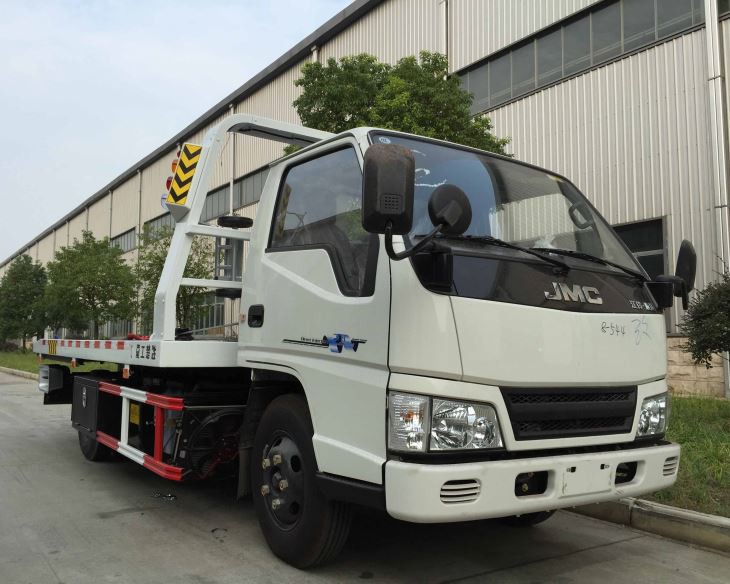Introduction
In today’s world, waste management is an essential topic. With increasing populations and consumerism, the amount of trash generated is substantial. To handle this waste, dumpsters and trucks are commonly used, transporting trash to landfills or recycling centers. This article dives deep into the world of trash on trucks, exploring its implications, challenges, solutions, environmental concerns, and more.
What Is Trash on Trucks?
Trash on trucks refers to the waste collected from homes, businesses, and public spaces, which are loaded onto vehicles designed for waste transportation. These trucks are often equipped with mechanisms to compact and load garbage efficiently, ensuring a streamlined process for waste management.
Types of Trash Trucks
There are several types of trucks designed for specific waste management needs:
- Rear-Loader Trucks: These trucks have hoppers at the back where trash is loaded. They are ideal for residential garbage collection.
- Front-Loader Trucks: These are typically used for commercial waste. They have forks that lift bins and dump waste into the front.
- Side-Loader Trucks: As the name suggests, these trucks load trash from the side, often utilizing automated arms to facilitate the process.
- Compaction Trucks: These trucks are equipped to compress waste, allowing for more efficient transportation and less frequent trips.
The Trash Collection Process
Understanding how trucks manage trash involves breaking down the collection process into stages:
1. Collection
The process begins with the collection of trash from designated areas. Garbage is usually picked up on scheduled days to ensure neighborhoods are clean and orderly.
2. Loading
Once at the curb, the trash is loaded onto the truck. Depending on the vehicle type, this may involve manual loading or an automated system.
3. Transportation
After loading, trucks transport the trash to a disposal site, which can be a landfill, incinerator, or recycling facility.
4. Unloading
The final step is unloading the trash at the designated location. This process can vary depending on the facility’s requirements for sorting and processing waste.
Environmental Impacts of Trash on Trucks
The management of trash via trucks has significant environmental implications. Here are some concerns:
1. Air Pollution
Trash trucks often emit greenhouse gases and particulate matter due to diesel engines. Implementing electric or hybrid trash trucks may reduce this impact.
2. Noise Pollution
The operation of trucks, especially during early morning collections, can contribute to noise pollution, affecting residents’ quality of life.
3. Traffic Congestion
Trash trucks can cause temporary traffic delays, particularly in urban areas during collection hours, impacting public transport and emergency services.
4. Littering During Collection
Sometimes, trash spills occur during loading or transportation, leading to litter on roads. Proper training and equipment maintenance can help mitigate this issue.
Innovative Solutions for Effective Trash Management
To tackle the challenges associated with trash on trucks, various innovative solutions have emerged:
1. Smart Waste Management Systems
Integrating technology with waste management allows companies to monitor trash levels in real-time and optimize collection routes for efficiency.
2. Electric and Hybrid Trucks
Eco-friendly trucks are becoming more popular, reducing emissions and fuel costs. Cities are exploring grants or incentives to transition their fleets to greener technologies.
3. Community Engagement Programs
Educational initiatives encouraging neighborly collaboration can foster better recycling habits, reducing the overall waste needing collection.
4. Automated Collection Systems
Implementing robotic arms for bin collection minimizes human labor, increases efficiency, and reduces accidents associated with manual handling.
Examples of Efficient Trash Management Practices
City Case Studies
| City | Method | Outcome |
|---|---|---|
| San Francisco | Zero Waste Initiative | Goal to divert 100% of waste from landfills by 2030. |
| Los Angeles | Compressed Natural Gas Trucks | Reduces emissions and fuel costs significantly. |
| New York City | Smart Collection Apps | Improved route efficiency leading to reduced emissions. |
Tips for Reducing Waste at the Source
Trash on trucks can be minimized by adopting preventive measures at the consumer level:
1. Practice Recycling and Composting
Understanding what materials can be recycled or composted can significantly reduce the trash that ends up in landfills.
2. Buy in Bulk
When possible, buy items in bulk to reduce packaging waste. This not only saves money but also lowers your carbon footprint.
3. Opt for Eco-Friendly Products
Choose products with minimal packaging or those made from recycled materials. Supporting eco-friendly brands can encourage more sustainable practices.
4. Educate Your Community
Share the importance of waste reduction with friends and neighbors, and encourage them to adopt similar practices.
FAQs
1. How often should trash be collected?
Most municipalities collect residential trash once a week, while commercial collections may occur several times per week depending on the volume of waste generated.
2. What can I do if my trash is not picked up?
Contact your local waste management service to report the issue. They can investigate and arrange for a pickup if there was a service disruption.
3. Are there specific regulations for trash trucks?
Yes, many regions have regulations in place regarding the operation of waste collection trucks, including noise and emission standards to minimize their impact on the community.
4. What happens to trash after it leaves my home?
Once collected, trash is transported to landfills, recycling centers, or incinerators, where it is sorted and processed accordingly.
5. Can I report litter from trash trucks?
Yes, if you see litter caused by a trash truck, you can report it to your local waste management service, which may investigate the incident.
Understanding trash on trucks is critical in fostering effective waste management practices that benefit our communities and the environment. By adopting innovative solutions and reducing waste, we can collectively work toward a cleaner and more sustainable future.





